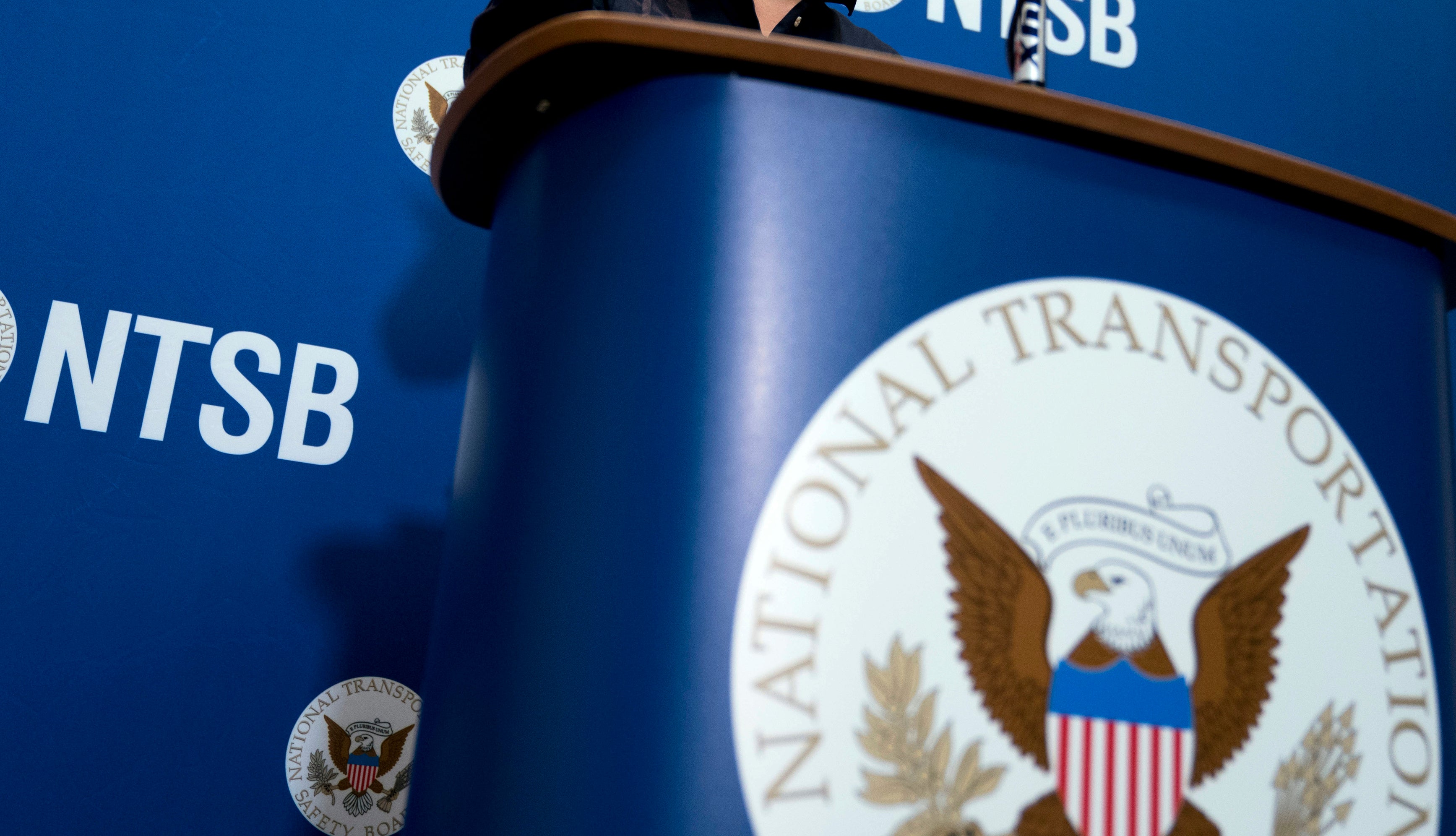Safety officials release details of their investigation into a close call between planes in Texas
Safety officials are releasing details of their investigation into a close call between a FedEx plane and a Southwest Airlines jet earlier this year in Austin, Texas

The air traffic controller on duty when FedEx and Southwest planes nearly collided earlier this year in Texas told investigators that he expected the airliner to take off more quickly — before the incoming FedEx plane reached the same runway.
That is because in his four years working the tower at Austin-Bergstrom International Airport, the controller said, Southwest planes usually took off as soon as they got permission.
“But hindsight being 20/20,” controller Damian Campbell told investigators, he “definitely could have held them,” referring to making the Southwest crew wait.
Campbell said in a transcript released Wednesday that he couldn't even see the Southwest plane through the dense early morning fog on Feb. 4. The FedEx pilots spotted it at the last second and aborted their landing.
The planes missed each other by about 100 feet (30 meters).
The National Transportation Safety Board released transcripts of interviews and other details of its investigation but did not state a probable cause for the harrowing close call. That determination is expected early next year.
The near-disaster in Austin is the scariest among more than a half-dozen close calls that the NTSB has investigated this year.
The surge in such incidents prompted the Federal Aviation Administration — which hires air traffic controllers and manages the nation's airspace — to convene a “safety summit” of aviation industry officials this spring.
A panel of independent experts concluded this month that the FAA needs better staffing, equipment and technology to cope with a surge in serious close calls. The panel said aviation's margin of safety is shrinking.
The captain of the FedEx plane flying into Austin said he was “irritated” and “perplexed” when the controller cleared Southwest to take off from runway 18-left, the one he was approaching.
“My initial response was an expletive, like ‘What’s he doing?'” Hugo Carvajal III told investigators. Still, he assumed that the Southwest plane “was going to be well down the runway” by the time he touched down.
Carvajal's first officer, Robert Bradeen Jr., estimated they were 100 to 150 feet (30 to 45 meters) above the runway when he saw the Southwest jet — first a light, then a silhouette of a wing.
“I think I said, 'Go around, go around, go around” to the captain, Bradeen said, meaning pull up and fly away. He used the radio to tell the Southwest crew to abort their takeoff, but they did not.
Asked what saved the day — special training or something else, Bradeen said, “I think it was more experience and just the combination of luck that I happened to look out (the cockpit window) at the right time.”
At a recent congressional hearing, the president of the union representing air traffic controllers complained about understaffing and frequent overtime leading to fatigue.
Campbell, a Navy veteran who had been a controller for 13 years at the time of the Austin incident, said he was on a mandatory six-day work week.
Austin-Bergstrom doesn't have the latest technology, called ASDE-X, for tracking planes and vehicles on the ground — which could have helped prevent the February close call.
“We had this dense ground fog ... you couldn't see anything,” Campbell told investigators. He couldn't see the Southwest jet from the tower.
“It became a concern when I didn't hear Southwest's engines” revving for takeoff on a flight to Cancun, Mexico, he said. “And at that point, it became a critical issue.”
Subscribe to Independent Premium to bookmark this article
Want to bookmark your favourite articles and stories to read or reference later? Start your Independent Premium subscription today.
